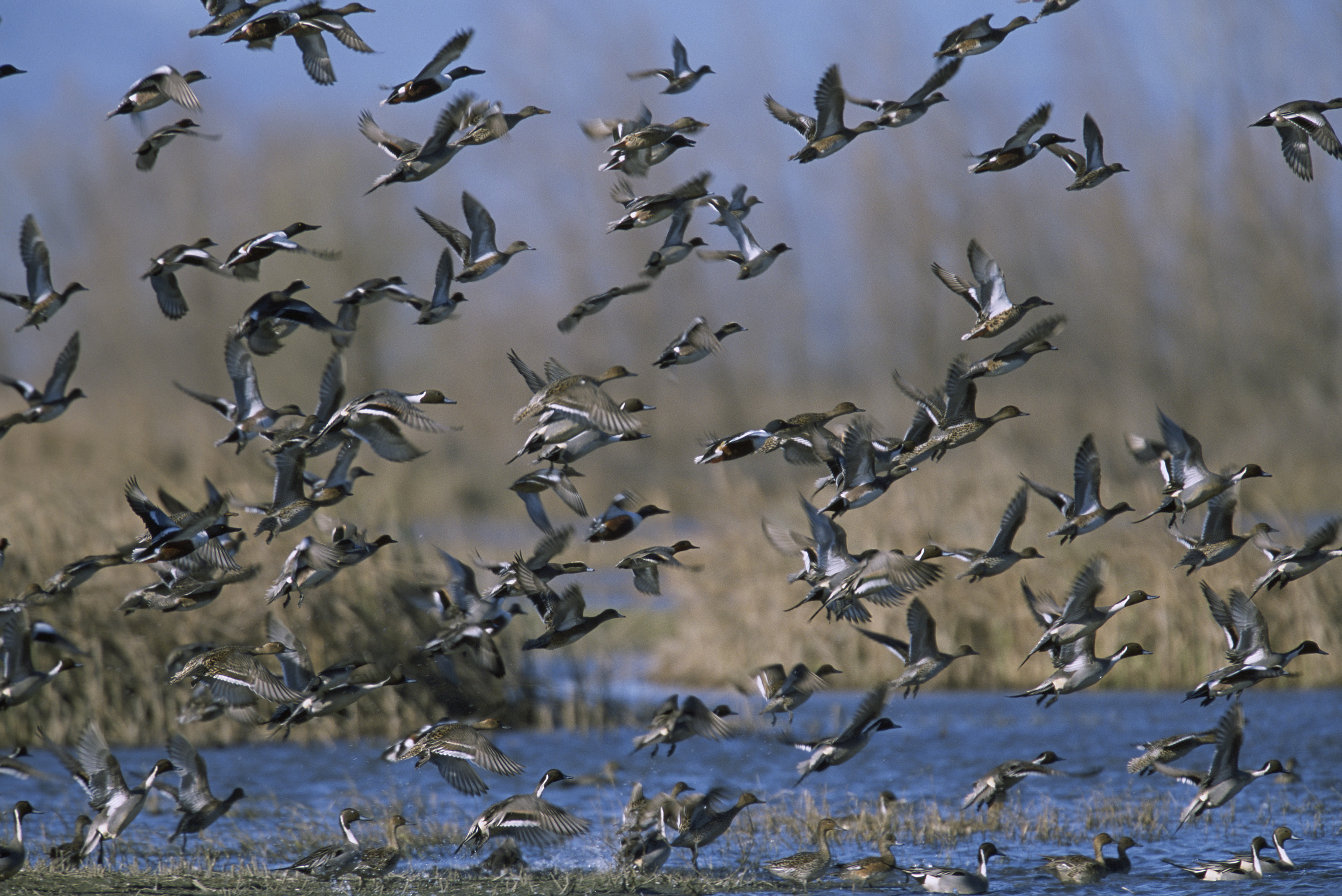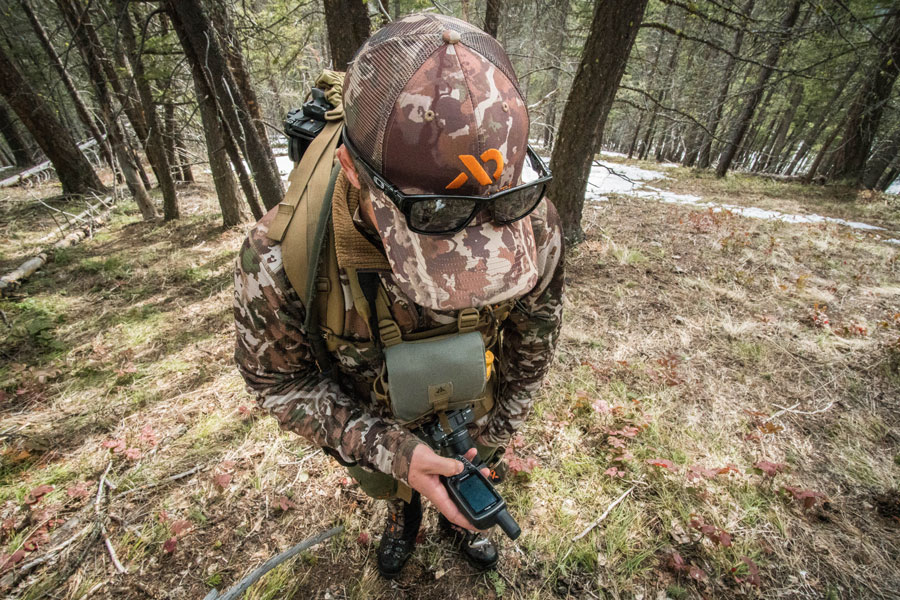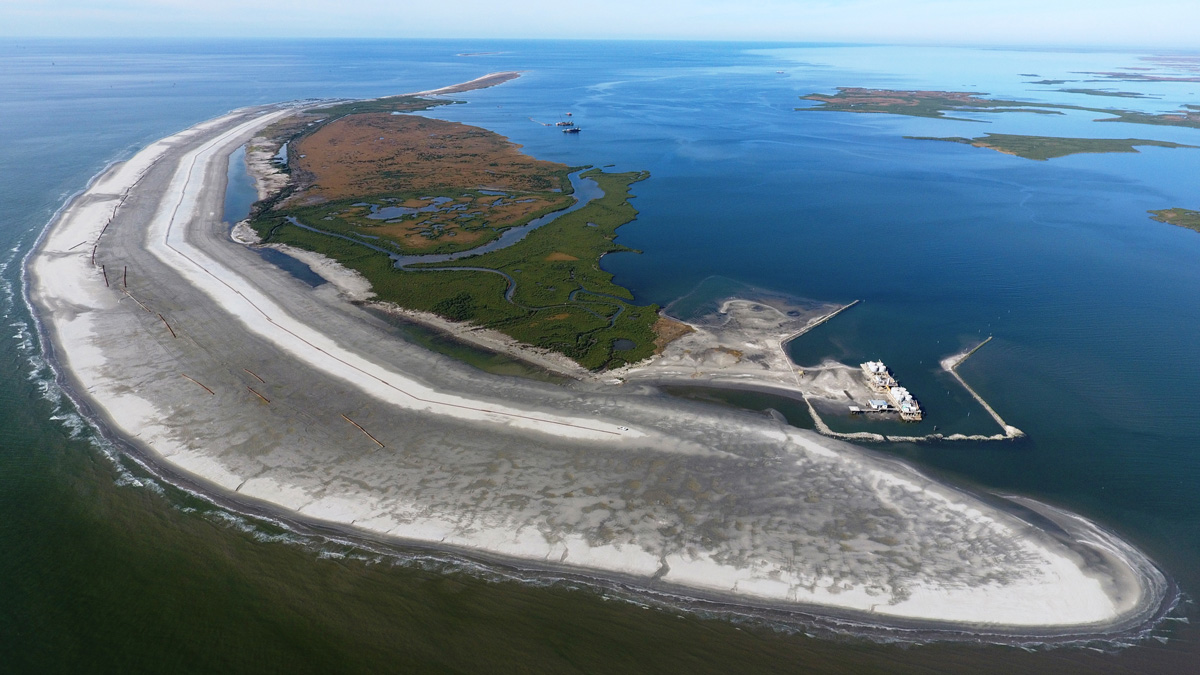Hunters and anglers thank Chairman Peterson for supporting private lands conservation
Hunters and anglers are reiterating their support for increasing the number of acres enrolled in a national conservation program.
This call to action comes on the heels of the effort by House Agriculture Committee Chairman Collin Peterson (D-MN) to increase the Conservation Reserve Program acreage to 50 million acres.
“On behalf of the millions of sportsmen and women who depend on the conservation reserve program to hunt and fish, we support the Chairman’s commitment to ensuring its future,” said Whit Fosburgh, president and CEO of the Theodore Roosevelt Conservation Partnership. “CRP is essential to restoring wildlife habitat, preventing erosion, and improving water quality. That’s why we need a robust enrollment effort to ensure landowners can take advantage of this important program.”
Currently at a three-decade low of 20.7 million acres enrolled in CRP, the administration of the program is at a crossroads. Just two years ago, Congress increased the program’s acreage cap from 24 to 27 million acres in order to grow landowner interest. In the time since, significant changes to rental rate formulas and incentive reductions have diminished the interest of landowners to utilize the program.
“The Conservation Reserve Program is essential for supporting wildlife, healthy habitats, and the hunters and outdoor enthusiasts who count on both to sustain our wildlife heritage. With discussions around 2023 Farm Bill starting, it’s clear that a failure to fully enroll Conservation Reserve Program acreage would only compound the issues facing America’s wildlife,” said Collin O’Mara, president and CEO of the National Wildlife Federation. “We and our peer sporting and conservation organizations are committed to working with incoming House Agriculture Chairman David Scott, Ranking Member Glenn ‘GT’ Thompson, Senators Debbie Stabenow and John Boozman on the Senate Agriculture Committee, and the Biden-Harris Administration to ensure this crucial program meets the needs of landowners and wildlife for decades to come.”
“Given the incoming Administration’s focus on climate change, the deep-rooted grasslands created through CRP is another example of the environmental stacking opportunity the program delivers,” said Howard Vincent, president and CEO of Pheasants Forever and Quail Forever. “CRP, which is part of the working lands ecological and economic safety net, helps sequester carbon in soil, improve water quality and soil health, while strengthening rural economies and creating habitat for the wildlife we cherish.”
For more information about the benefits of the CRP, head to CRPWorks.org.
Read about four ways the Biden Administration can strengthen the program here.
The groups voicing their support for the Conservation Reserve Program are the Association of Fish & Wildlife Agencies, Delta Waterfowl, National Wildlife Federation, Pheasants Forever-Quail Forever, Theodore Roosevelt Conservation Partnership, and the Wildlife Management Institute.
Top photo by Anthony Hauck.










The incentives for getting Landowners to enroll in CRP must be tied to inflation, operating and maintaining land cost and crop “values” that would be displaced by CRP enrollment.
Do you guys have a clue as to what increased CRP does to the local economy in small communities??? You don’t. It puts many agricultural inputs businesses out of business. Doesn’t matter if we can’t make a living as long as you save a grouse. There has to be a happy medium somewhere.
It does a lot. South Dakota’s rural community’s are dying. Sales tax alone collected during hunting season used to fund most small communities throughout the year. Agriculture is needed but let’s be realistic, we make fuel from our food? Why ? Only to keep crop prices up so crop insurance payments stay high to.
We are currently enrolled in this program and have been for about 14 years. Runs out next year. We were allowed 5 acres of a food plot in our acreage enrolled. (18 acres) I heard we can’t do that anymore. Is there truth to that? With a lack of a food plot and the pay grade, we would likely drop out.
The incentives and rental rates have to be higher for the farmers to participate corn and bean prices are on the way up
I will look at joining.